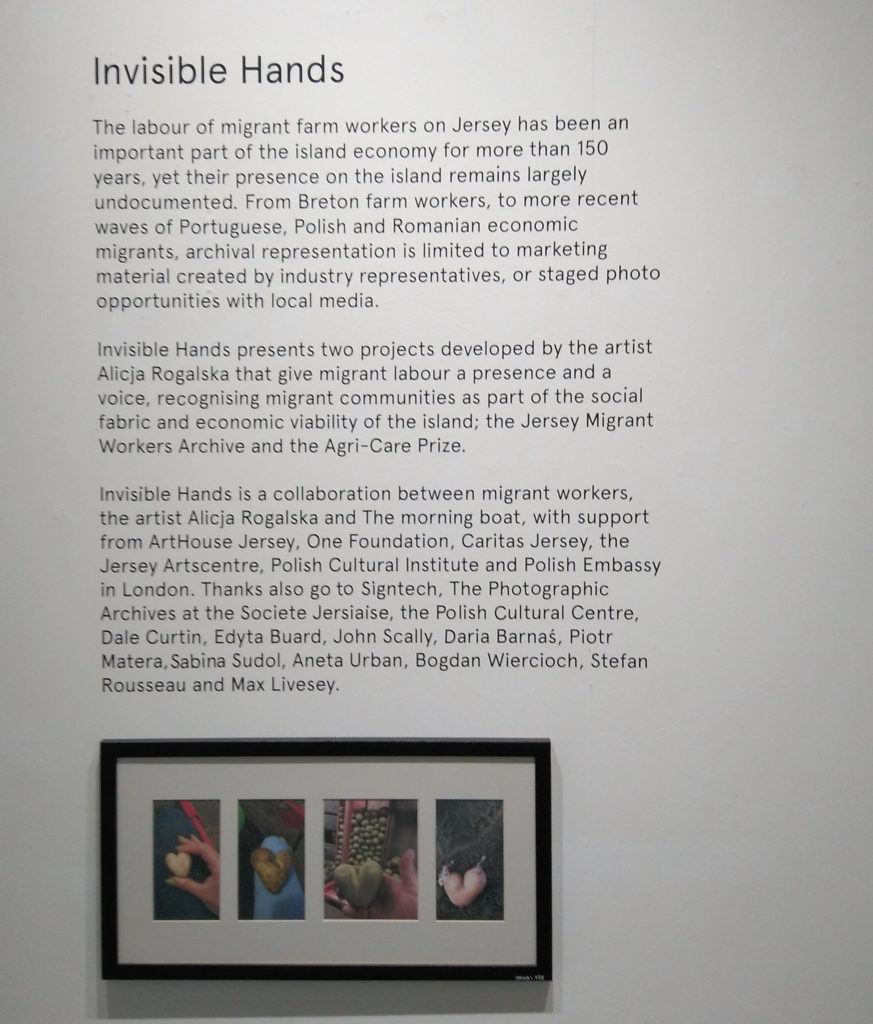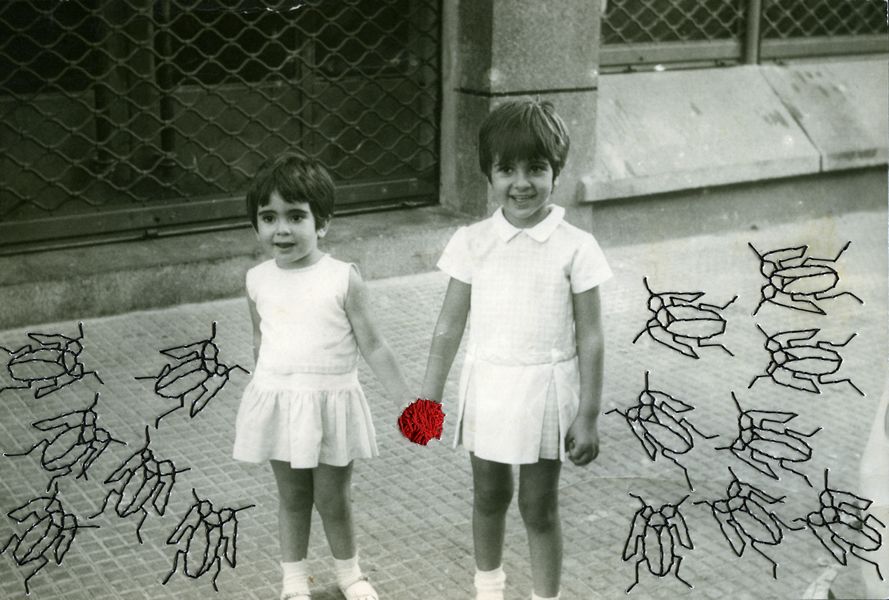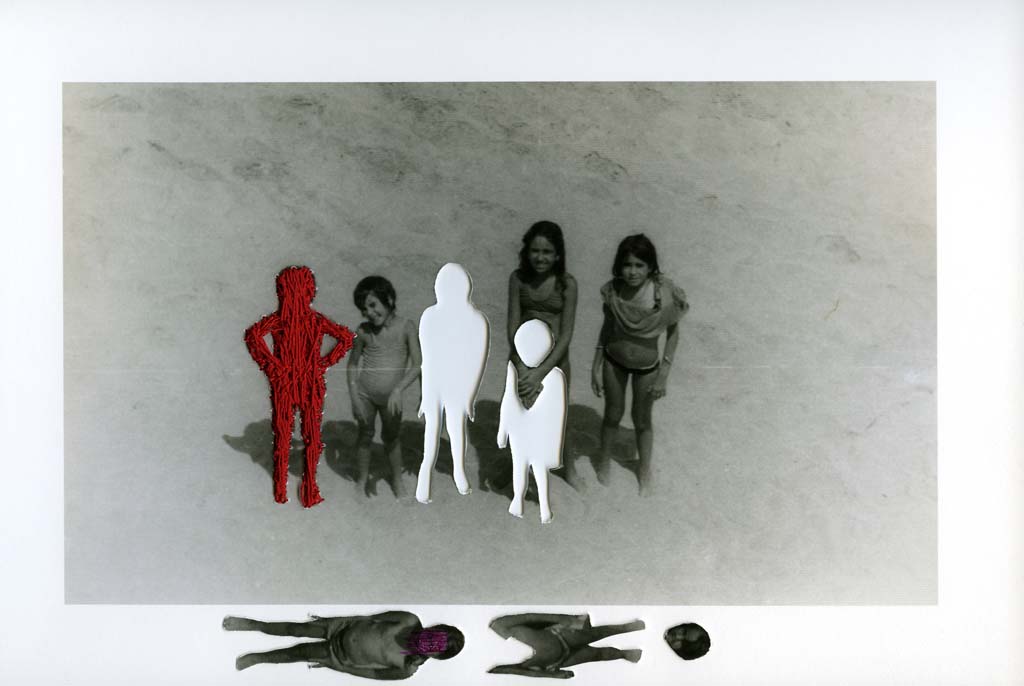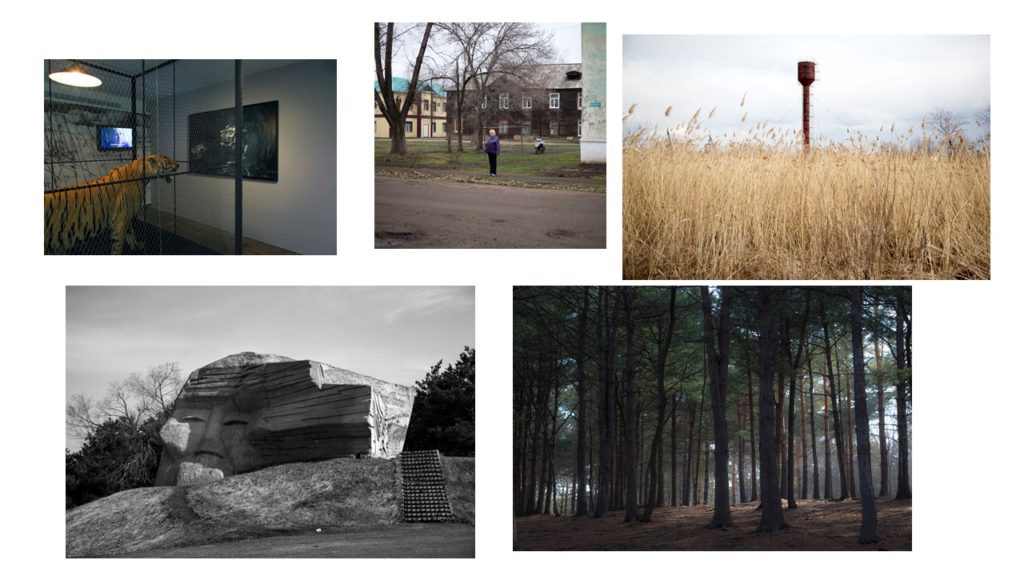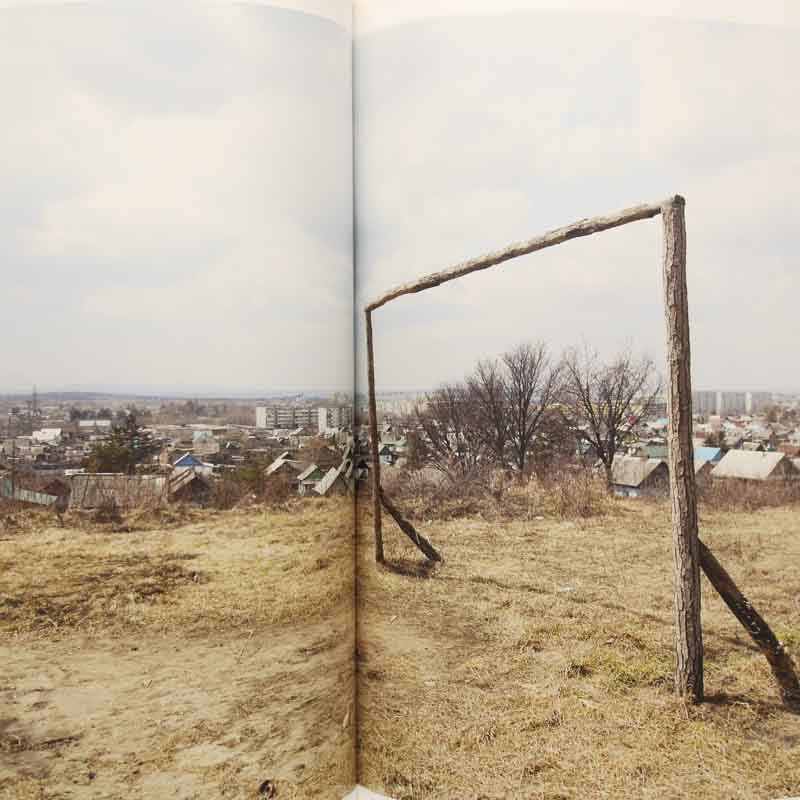
At the Jersey Arts Centre there was a recent show of the exhibition “Invisable Hands” by Alicja Rogalska. The exhibition is known as being associated with migrant workers as well as The Morning Boat whilst it tries to show Jersey through the perspective of migrant workers. This has shown to be important due to migrant workers being a large part but not being known much about due to the lack of knowledge on the past.
Looking through this exhibition allowed main parts in the agriculture sector in Jersey to be seen which has proven to needing to be more attention due to its importance with the living/ working conditions which people experience everyday and which most middle class people would be appalled by if they saw and if they were educated. Looking through, I liked how Rogalska captured the images as it allowed for a clearer concept to be shown as well allowing more emotion. She also has a video playing which explored the visuals of context towards the images as well as adding emotion which images cannot do in some cases. The video also allowed for us to use more senses such as listening adding a personal effect. The highlights allowed to show the importance of being aware of your surroundings, as well as knowledgeable as to what other go through and how they live which I found was very effective.
Carrying on with the subject of videos, a video was played at the exhibition which was taken of migrant workers in creating clay figures, the most well recognised being a potato which represents their culture as well as helping to symbolise what they do. In order to create the video, the workers were interviewed which was also put into the video where we could see them creating the potatoes out of slay along with the way in which they do it. The title of ‘Invisable Hands’ is shown clearly as we can see that their faces are not shown in the video, only the actions they are doing with their hands.
As seen from the images above the images have been taken in poor quality helping to images to have an interesting back story as it could be possible that they are self taken images, explaining the low level of technique in the actual images.
My personal opinion on this exhibition is that it successfully shows viewers the true aspects of being a migrant worker through both their living and working conditions reflecting social as well as political issues with our government. The use of both imagery and media helps for viewers to gain understanding of the overall concept.

